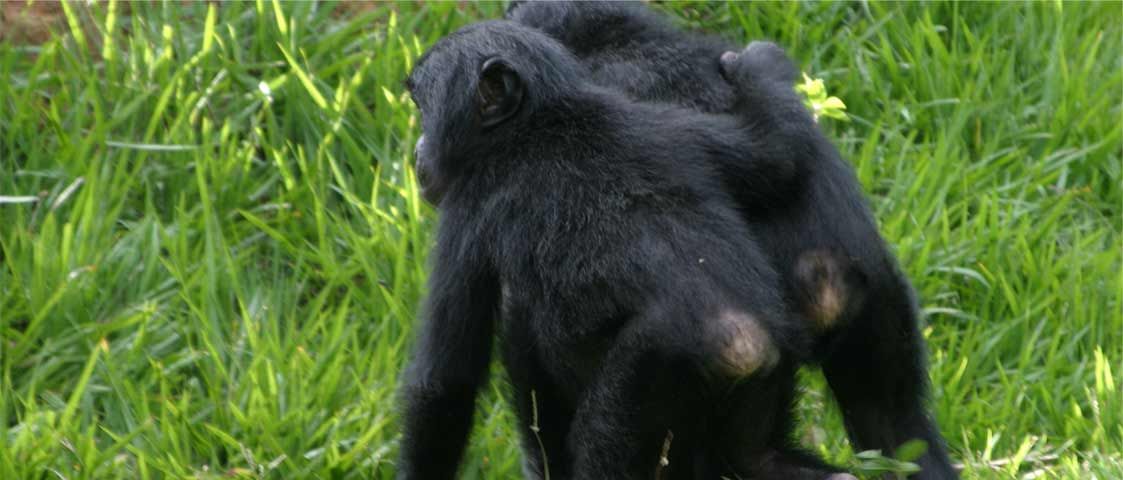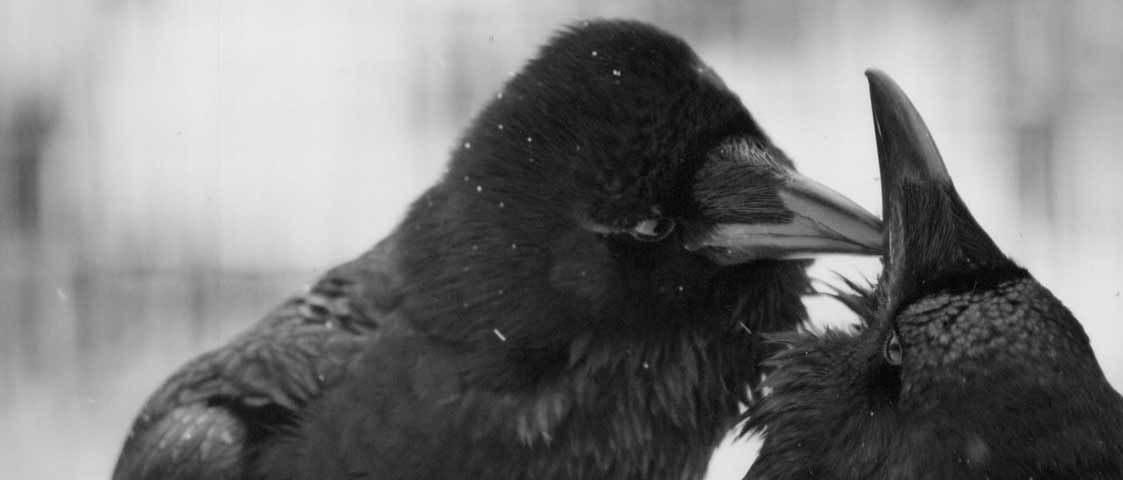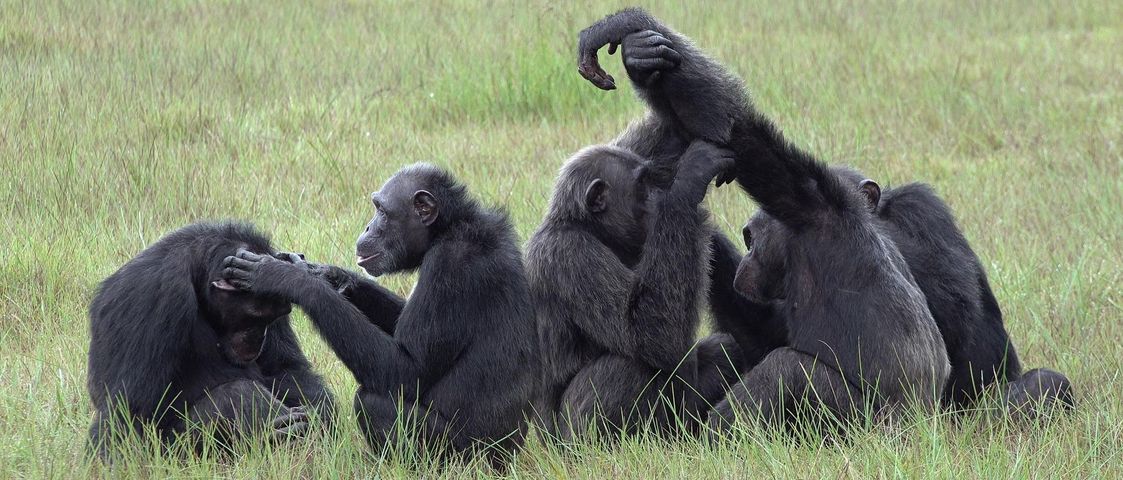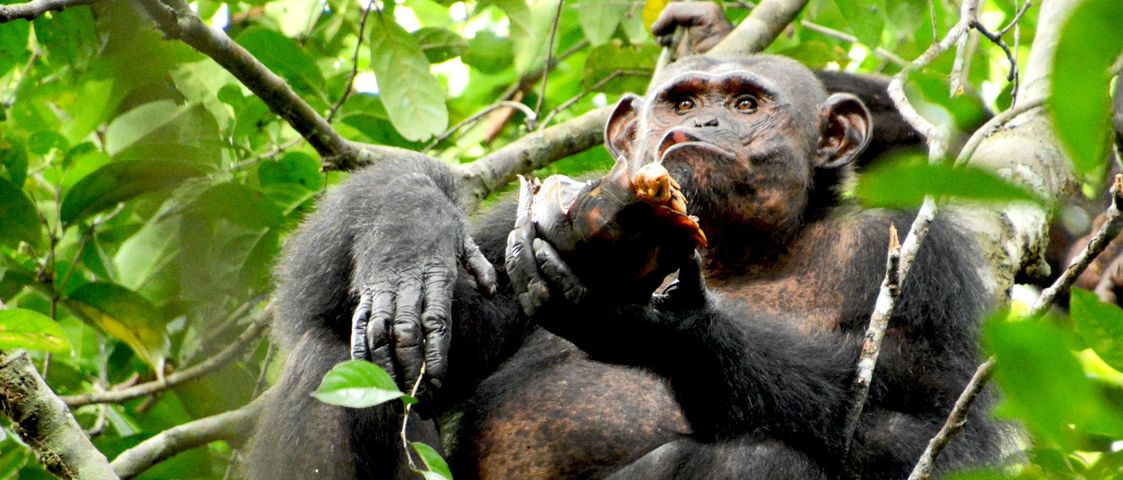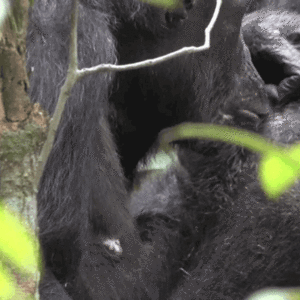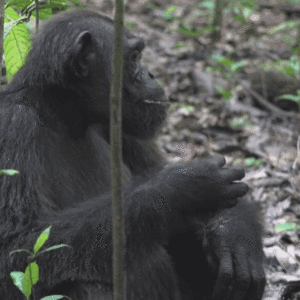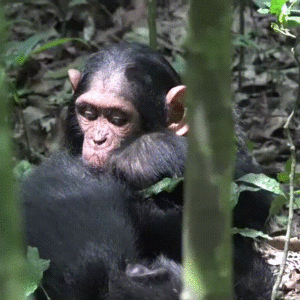ManyMedications is a database aiming to connect researchers interested in self-and-other-medicative behaviour in animals with a special focus on wound care
ManyMedications
Medical practices are a cultural characteristic that human societies have assembled over millennia. The use of substances is diverse and encompasses a wide spectrum of plant and insect species with proven immunological, analgesic, antibacterial, diuretic, anaesthetic, and antirheumatic effects. It has been suggested that the origins of traditional medicine have their roots deep within the animal kingdom, with both folklore and living examples providing evidence of how medicinal plants were obtained by observing the behavior of animals.
For instance, self-medication, which refers to the process by which a host suppresses or prevents the deleterious effects of parasitism and other causes of illness via behavioral means (Huffman 2001), has been observed across multiple animal taxa (e.g., ants, bears, elephants, moths, starlings) (de Roode, Lefèvre, and Hunter 2013). The highest amount of information is, however, currently available for our closest living relatives, the non-human primates (Huffman 2003, 2015). For instance, the non-nutritional use of plant parts (e.g., chewing bitter pith and swallowing rough leaves) has been documented across three chimpanzee subspecies (Eastern: Pan troglodytes schweinfurthii; Central: Pan troglodytes troglodytes; and Western: Pan troglodytes versus) and bonobos (Pan paniscus) (Fruth et al. 2014; Huffman 2001). In addition, recent studies reported the use of a variety of minerals, plant parts, and arthropods to anoint the fur/hair or skin (‘fur-rubbing’) to possibly treat internal and external parasites, ailments, and skin infections (de Roode, Lefèvre, and Hunter 2013; Morrogh-Bernard et al. 2017).
Interestingly, however, the treatment of wounds by using secondary compounds and animal matter and forms of other-directed assistance have so far only been reported in chimpanzees (e.g.; touching, peering, licking, mouthing, grooming, removing of dirt particles, leaf dabbing, and insect application; Boesch, 1992; Whiten et al., 1999; Nishida et al., 2010; Clark et al., 2020; Mascaro et al., 2022). Surprisingly, the existing evidence is mainly based on anecdotes or small sample sizes and systematic cross-community and -species comparisons are non-existent.
Hence, the aim of the ManyMedications database is to connect researchers interested in self-and-other-medicative behaviors in animals with a special focus on wound care, use of external matter (e.g., plants, animals, soil) and accompanying social behaviors.
Click the images below for visual footage on wound tending behaviors (© Comparative Biocognition):
Join us!
If you are interested in
- contributing to the ManyMedications database,
- becoming a board member, or
- using it to tackle a distinct research question,
please contact us at: ManyMedications[at]comparative-biocognition.de


